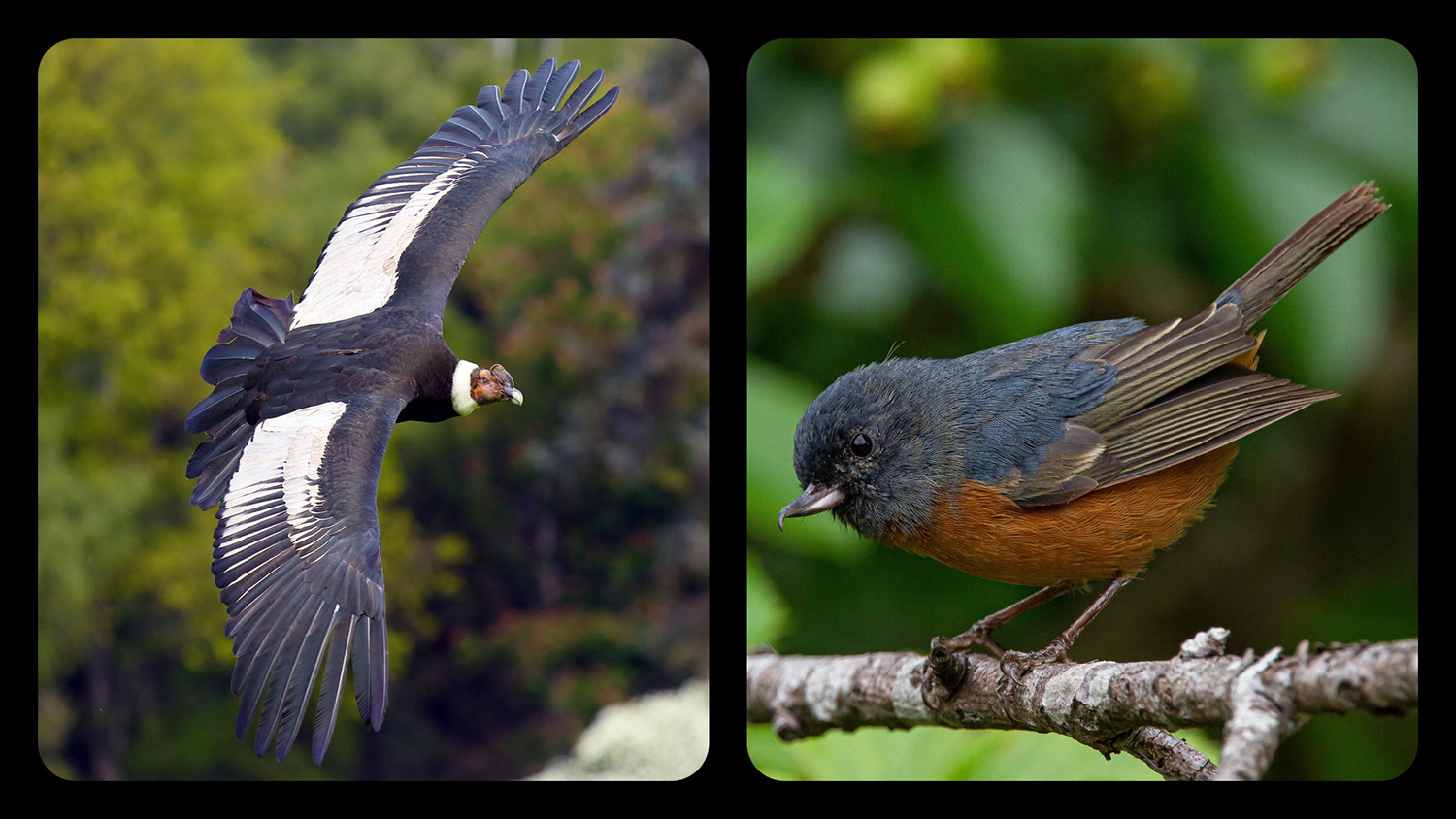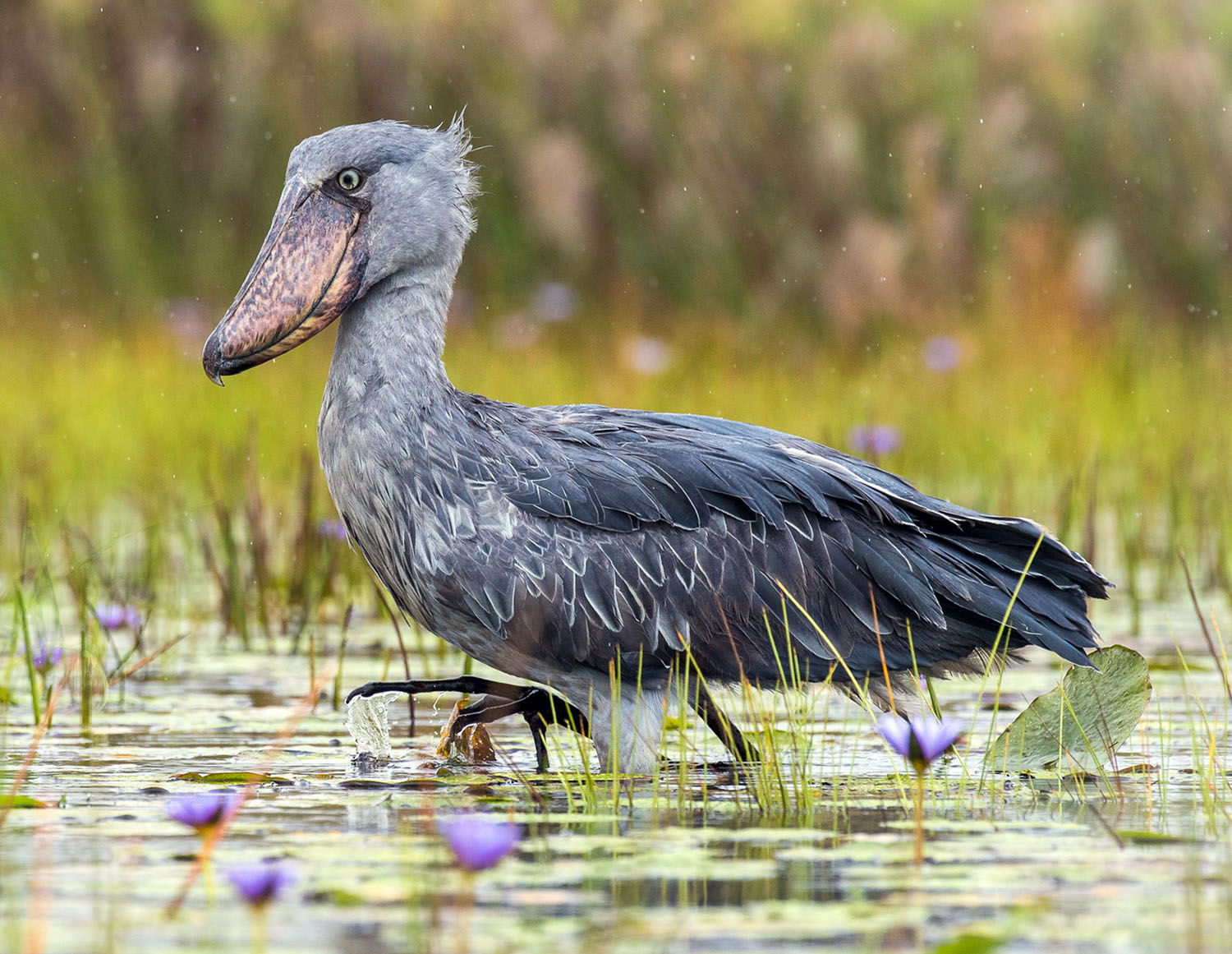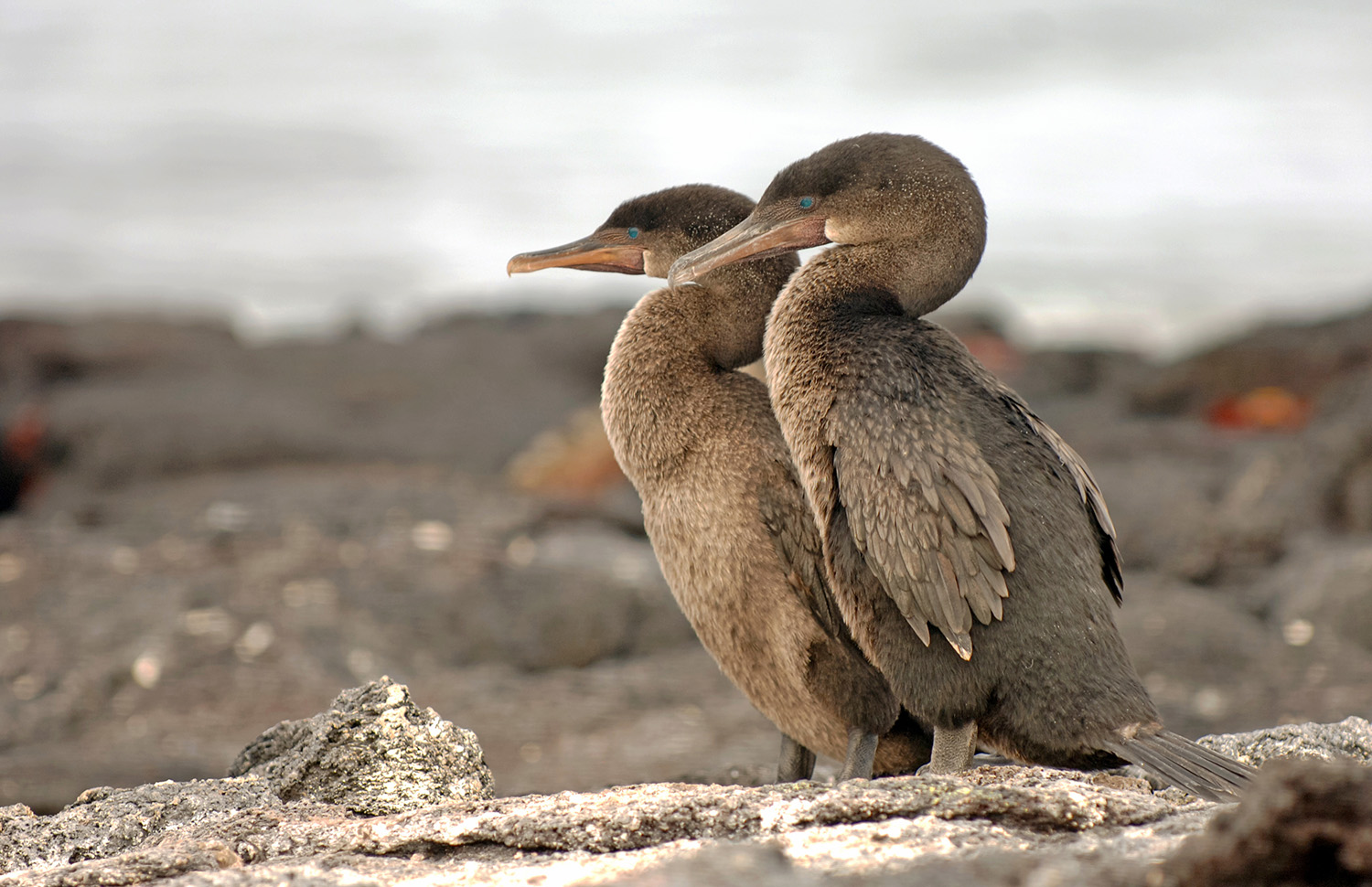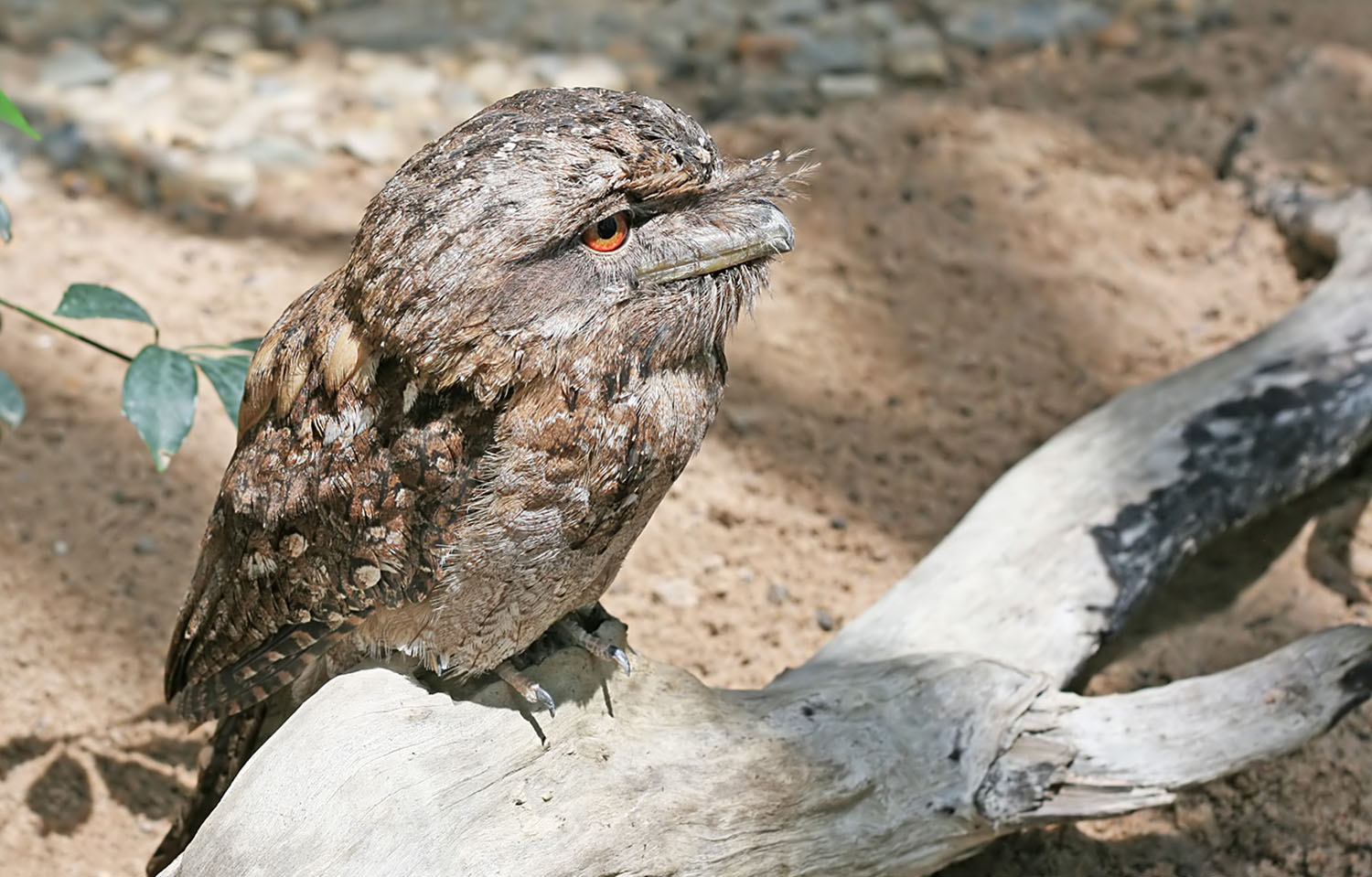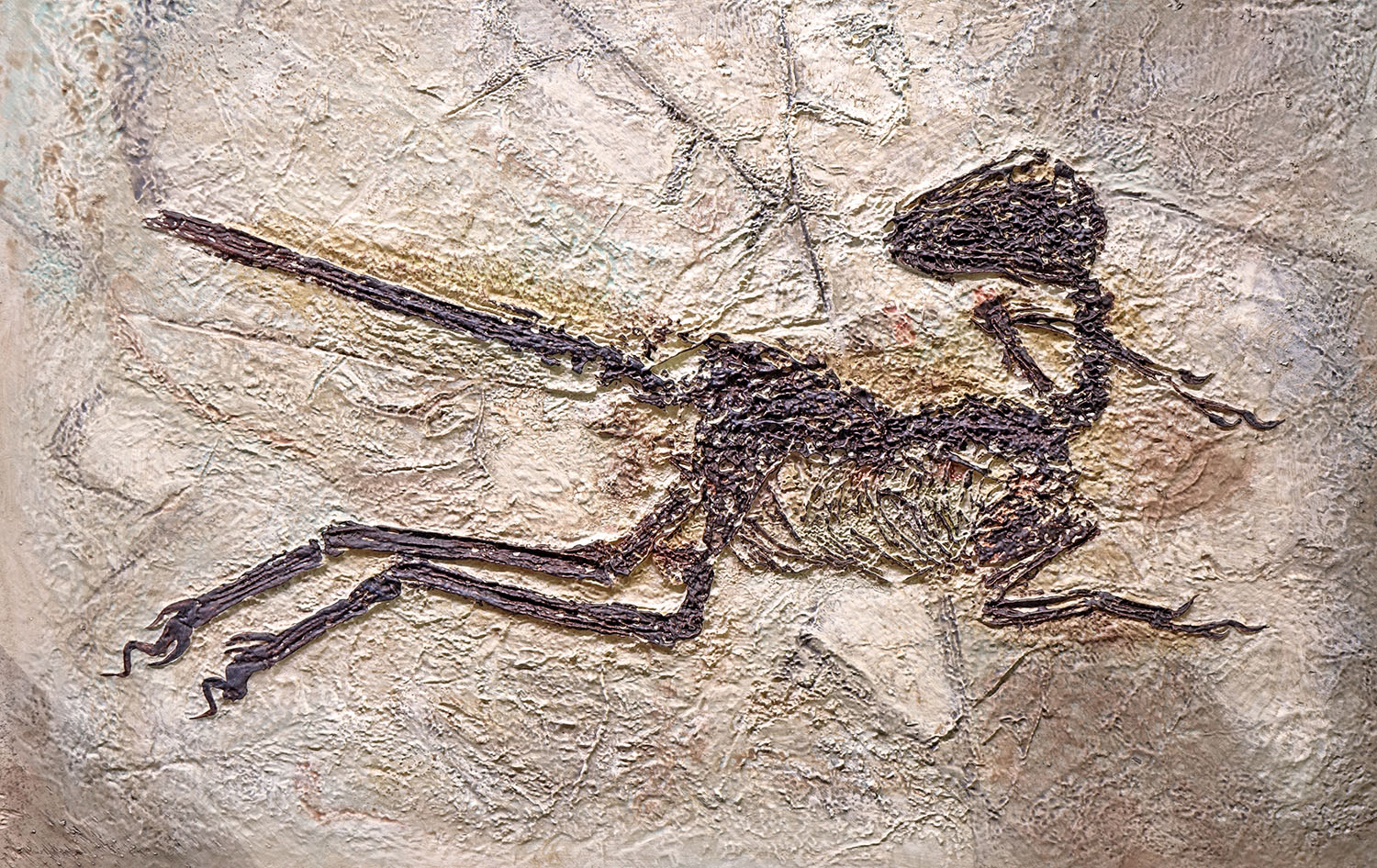The Great Backyard Bird Count
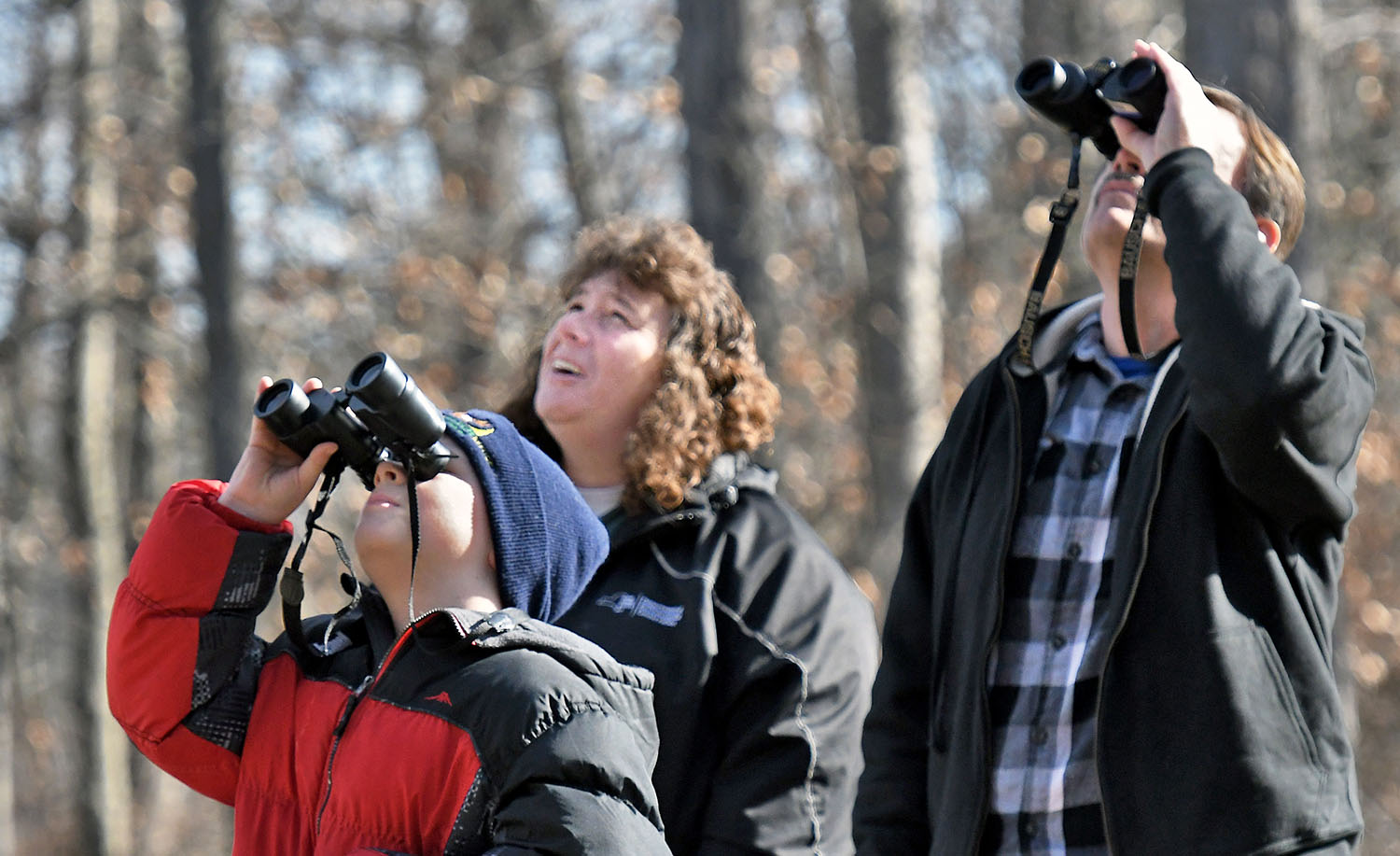
© John Carl D’Annibale/Albany Times Union—Heast Newspapers/Getty Images
Ten-year-old Jarrett Dragon (left) and his parents participated in the 2018 Great Backyard Bird Count near their home in New York.
Do you ever ask yourself, “What kinds of birds are in my neighborhood?” Scientists have a similar question: What kinds of birds are living in every part of the world? The Great Backyard Bird Count (GBBC) aims to get answers, and this year’s results were impressive!
The Great Backyard Bird Count is an annual, four-day event. During the GBBC, everyone, anywhere in the world, is encouraged to count birds in their backyard or some other location of their choosing. The 2025 count took place from February 14 to February 17.
Participants were asked to spend at least 15 minutes counting birds and then use an app or website to identify the birds and to report what they saw or heard. Some people sent photos of the birds they found. Others sent recordings of birdsongs.

© tonymills/stock.adobe.com
Tufted ducks like the one seen here normally live in Africa, Europe and Asia. During the Great Backyard Bird Count, they were spotted in the United States and Canada.
Why ask people to count birds? Scientists say the results of each year’s GBBC help them learn where various species of birds are living. It’s important that the count takes place in February. That’s shortly before many bird species begin their annual migration (yearly journey from one place to another).
According to the GBBC website, more than 800,000 people took part in the 2025 bird count. A whopping 8,078 species were identified in 2025—158 more species than in 2024. People in Colombia reported 1,374 bird species, more than in any other nation.
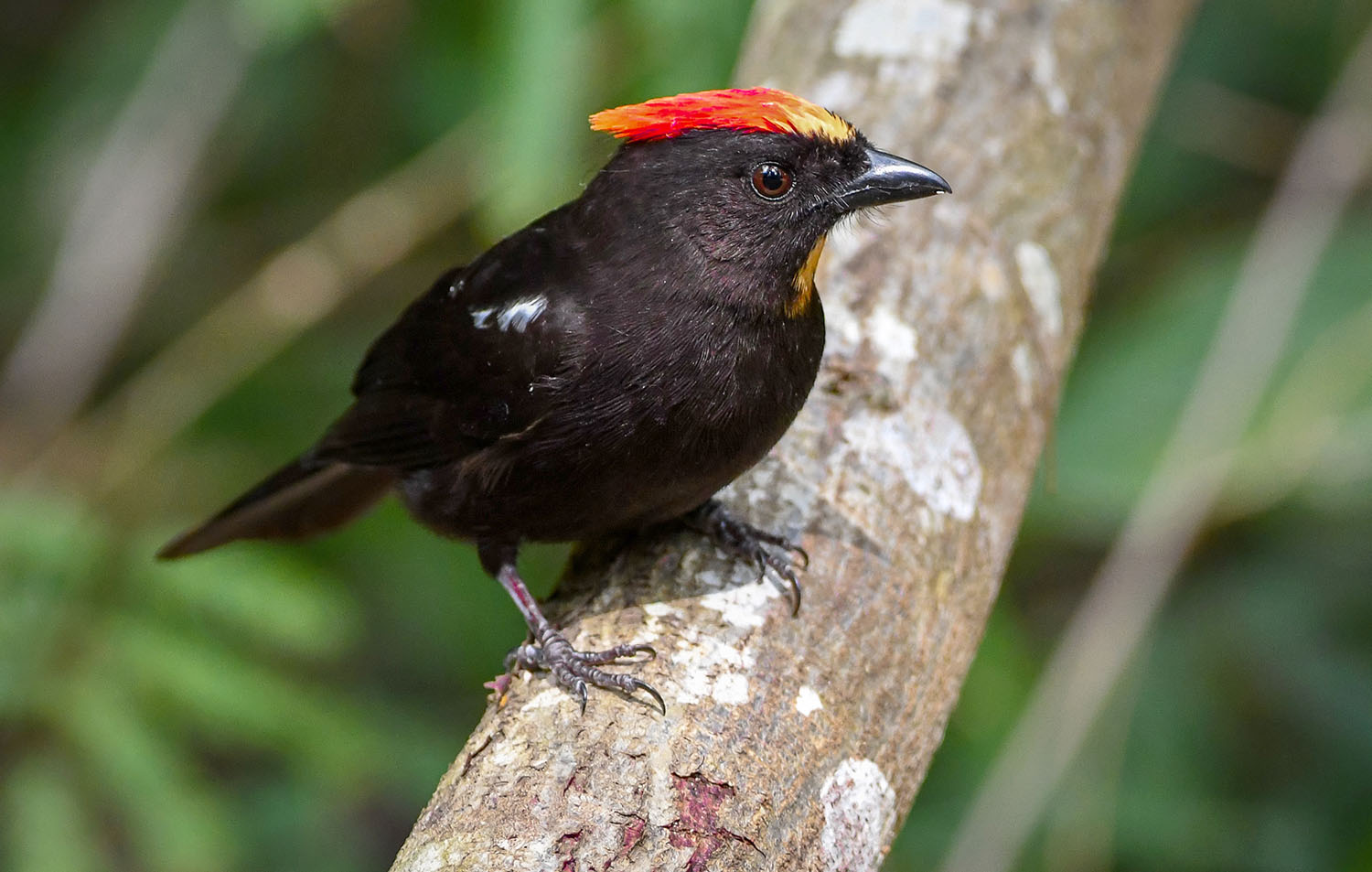
© Leandro/stock.adobe.com
It’s not easy to find a flame-crested tanager, but people spotted them in Colombia during the Great Backyard Bird Count.
Some people spotted rare birds. Participants in the United States and Canada reported seeing the tufted duck, which is usually found in Africa, Europe, and Asia. People in Kenya identified the black-and-white Shrike-flycatcher, which lives high up in trees and isn’t often seen. In Colombia, there were sightings of the rare flame-crested tanager, which is named for the bright red and yellow feathers on top of its head.
If you missed the 2025 GBBC, there’s always next year. Instructions for participating in the 2026 event have already been posted on the GBBC website!

